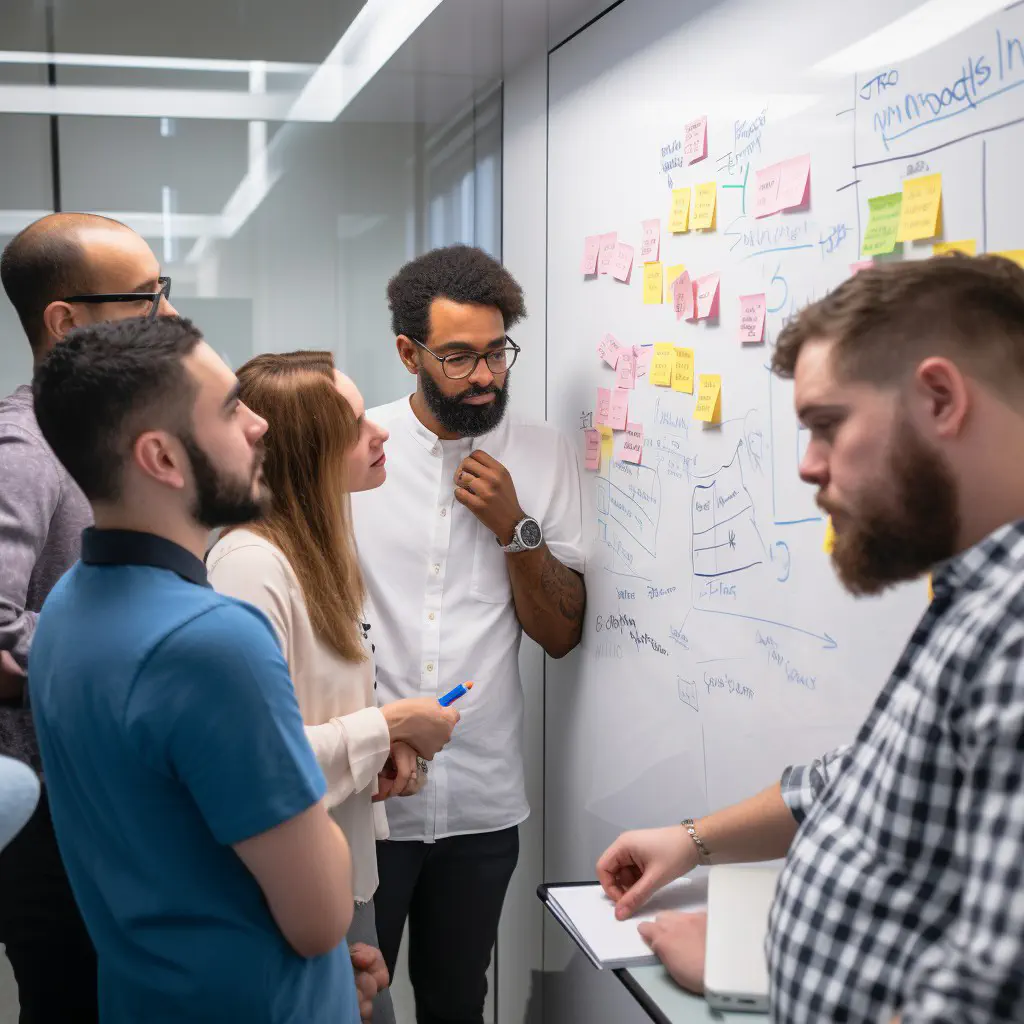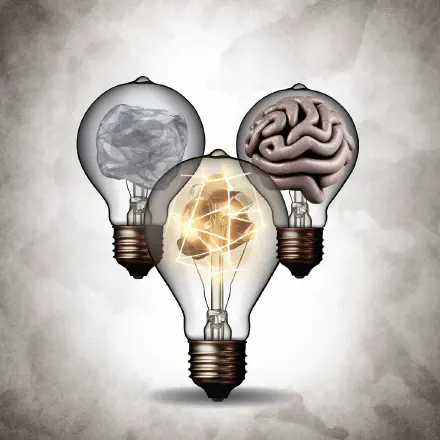
In today’s rapidly changing world, the ability to solve complex problems is an invaluable skill. To do this effectively, we must understand how critical, creative, and logical thinking work together in the problem-solving process. This post will explore the interplay of these three cognitive skills and provide insights into how they can be harnessed to tackle modern challenges.
Understanding Critical, Creative, and Logical Thinking
Critical Thinking
Critical thinking is the ability to analyze and evaluate information to form a reasoned judgment. It involves questioning assumptions, seeking evidence, and identifying potential biases or fallacies in arguments. Critical thinking helps us to avoid making hasty conclusions and allows us to consider multiple perspectives before making a decision.
Creative Thinking
Creative thinking, on the other hand, involves generating new ideas or finding innovative solutions to problems. It requires us to think outside the box, explore possibilities, and challenge the status quo. Creative thinking is crucial for driving innovation and adapting to the ever-changing environment.
Logical Thinking
Logical thinking is the process of reasoning based on a set of principles or rules. It involves identifying patterns, drawing conclusions, and making inferences based on evidence. Logical thinking is essential for making sound decisions, as it helps us to systematically work through problems and evaluate potential solutions.
The Interplay of Critical, Creative, and Logical Thinking in Problem-Solving
In the problem-solving process, these three cognitive skills are not mutually exclusive; instead, they complement and reinforce one another.
-
Identifying the Problem: Critical thinking helps us to clearly define the problem by gathering relevant information and questioning underlying assumptions.
-
Generating Ideas: Creative thinking comes into play as we brainstorm potential solutions, considering both conventional and unconventional approaches.
-
Evaluating Solutions: Logical thinking helps us to assess the feasibility and effectiveness of each proposed solution by applying a structured framework of analysis.
-
Refining Ideas: Critical thinking is used again to scrutinize each solution, identifying potential pitfalls and areas for improvement.
-
Implementing the Solution: With a well-evaluated and refined solution in hand, we can confidently implement it and monitor its effectiveness, using critical thinking to ensure continuous improvement.
Developing Your Critical, Creative, and Logical Thinking Skills
To enhance your problem-solving abilities, it’s essential to practice and strengthen these cognitive skills. Here are some strategies to help you develop them:
-
Ask questions: Cultivate a curious mindset by questioning assumptions, seeking evidence, and exploring alternative perspectives.
-
Engage in debate: Participate in discussions or debates to sharpen your ability to analyze arguments and formulate your own.
-
Embrace creativity: Encourage creativity by trying new experiences, challenging conventional wisdom, and exploring diverse sources of inspiration.
-
Practice logical reasoning: Solve puzzles or engage in activities that require structured thinking, such as programming or playing strategy games.
-
Reflect on your thought processes: Regularly assess your thinking patterns and biases, and strive for continuous improvement.
By understanding the interplay of critical, creative, and logical thinking, we can harness their collective power to tackle complex problems and drive innovation in our personal and professional lives.

